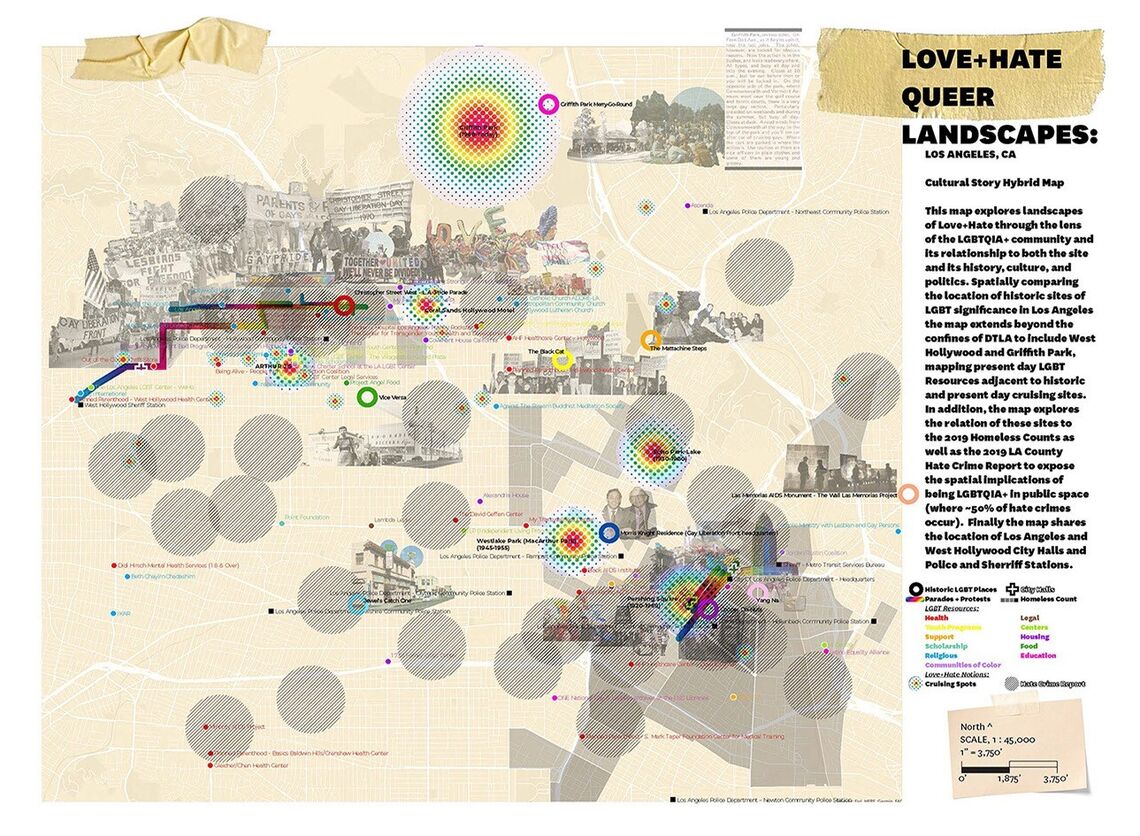WRT Associate Jared Edgar McKnight shares his ongoing research focused on individuals experiencing homelessness in the Los Angeles Skid Row community, and specifically on LGBTQ+ unhoused lived experiences.

Captivated by landscape's potential as a system to support environmental and social resilience, Jared’s interests focus on policy and design interventions that challenge the structures that isolate, exclude, and oppress communities and ecosystems. The work is focused on individuals experiencing homelessness, the Los Angeles Skid Row community, and specifically on LGBTQ+ unhoused lived experiences.
A large portion of LA County’s 66,000+ unhoused individuals call the streets of Skid Row home. However, these unhoused communities continue to suffer while housing solutions stall and our codified systems of regulations like the LA Municipal Code restrict and criminalize their ability to exist in these spaces. Enduring discrimination for their very existence, unhoused individuals are subject to LAPD’s yearly 14,000+ misdemeanor “quality of life” violation arrests that prohibit sitting, lying, or sleeping on sidewalks (LAMC§41.18). To identify as LGBTQ+ and unhoused means to be doubly discriminated against. LGBTQ+ individuals (and the 40% of unhoused youths who identify as LGBTQ+) are also victims of hate crimes, threats of physical violence, and tensions that encourage many to conceal their own identities in order to access resources and to survive.
The project, called “Criminalized for their very existence: The Spatial Politics of Homelessness & LGBTQ+ Unhoused Lived Experiences,” lays the foundation of a survival guide for the unhoused that helps them safely negotiate civic spaces as inclusive environments. Jared is continuing this work thanks to a series of grants and funding opportunities through the Landscape Architecture Foundation (LAF), Pando, the Landscape Justice Initiative at USC, and the USC School of Architecture.